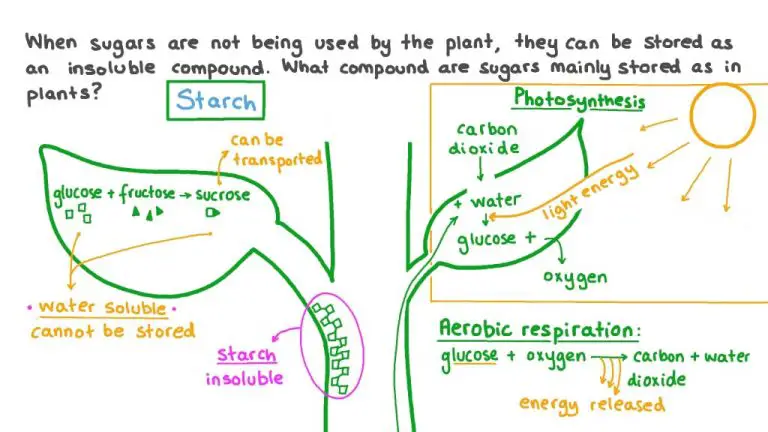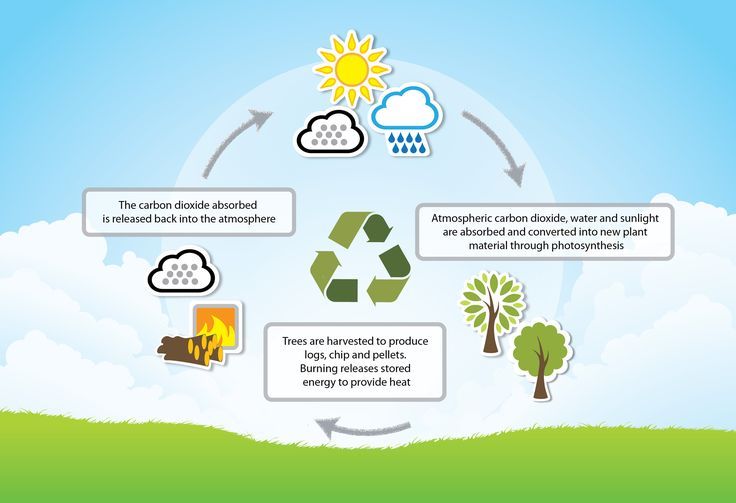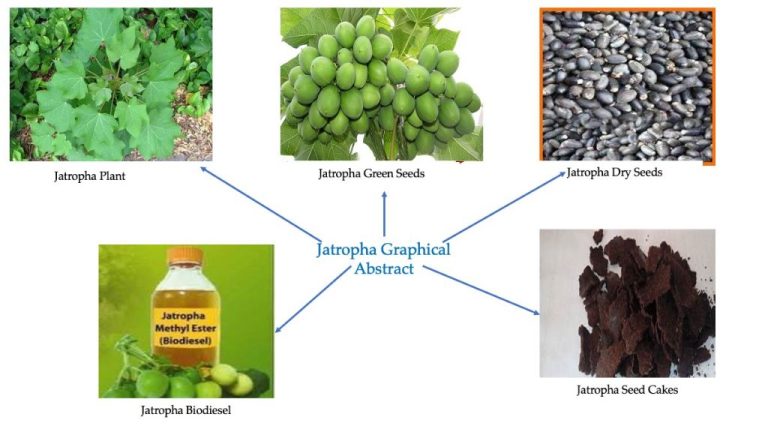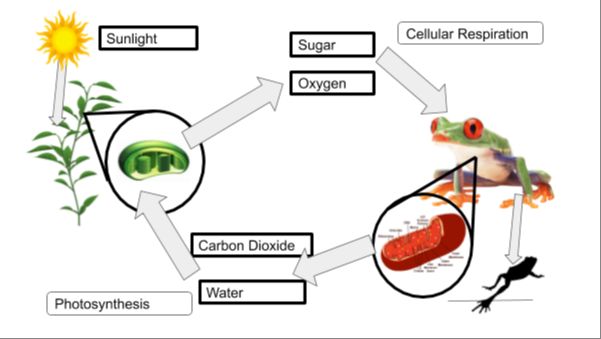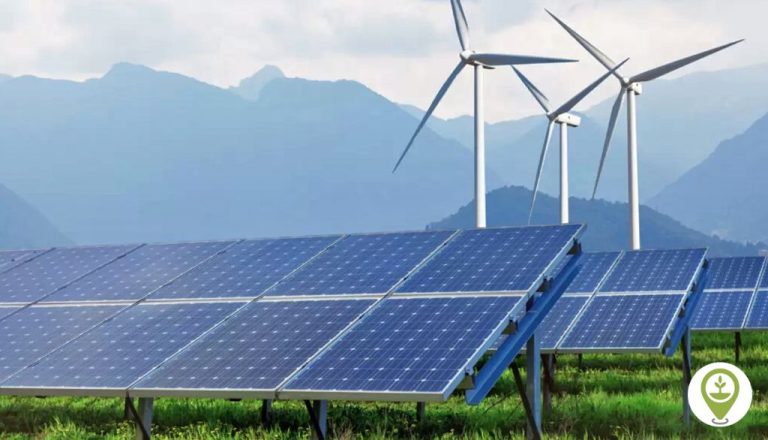What Is Biomass In Real Life?
What is biomass?
Biomass refers to organic matter that comes from plants and animals. It includes materials like crops, wood, algae, animal waste, and organic components in municipal and industrial wastes. Unlike fossil fuels that take millions of years to form, biomass is renewable on a human timescale as these materials are constantly being produced by living creatures.
There are several major types of biomass:
- Wood and wood processing wastes – This includes wood materials like dead trees, branches, sawdust, and pulp from paper mills.
- Agricultural crops and waste – Major sources include corn, soybeans, sugar cane, switchgrass, woody plants, and algae.
- Food, yard, and wood waste – Biodegradable waste from homes, restaurants, forests, landscapes, farms, and gardens.
- Animal manure and human sewage – Waste materials from animal husbandry and wastewater treatment.
These biomass feedstocks contain stored energy from the sun. Plants absorb sunlight through photosynthesis to grow. When biomass is burned, this stored chemical energy is released as heat that can be used to generate electricity or other forms of power.
Biomass in nature
Biomass plays an essential role in the natural environment, serving as the foundation for food chains and the carbon cycle. All living organisms, from microscopic bacteria to giant redwood trees, contain biomass in the form of organic matter. When these organisms die, the biomass does not disappear but is broken down and recycled.
Decomposers like fungi and bacteria feed on dead organic matter, breaking biomass down into nutrients like nitrogen and phosphorus. These nutrients are taken up by plants, allowing new biomass to grow. In this way, biomass sustains natural ecosystems and food webs. The continuous cycle of growth, death, decomposition, and re-growth is known as the carbon cycle. Carbon is the key building block of all organic matter. As plants grow via photosynthesis, they absorb carbon dioxide and convert it into biomass. This carbon is passed on when animals eat plants, and released back into the atmosphere when the plants and animals decay after death.
By recycling nutrients and moving carbon between the biosphere and atmosphere, biomass allows productive ecosystems to thrive. Forests, grasslands, wetlands, and oceans all depend on the regeneration of biomass. Balanced ecosystems feature sufficient biomass to support food chains without excessive accumulation of dead organic matter and carbon dioxide release.
Using biomass for energy
Biomass can be converted into useful energy sources through several processes. The most common is direct combustion, where raw biomass like wood or agricultural residues are burned to produce heat and electricity. The heat can then be used for industrial processes, district heating systems, or to generate electricity through steam turbines. Over 80% of current biomass energy utilization is through direct combustion.
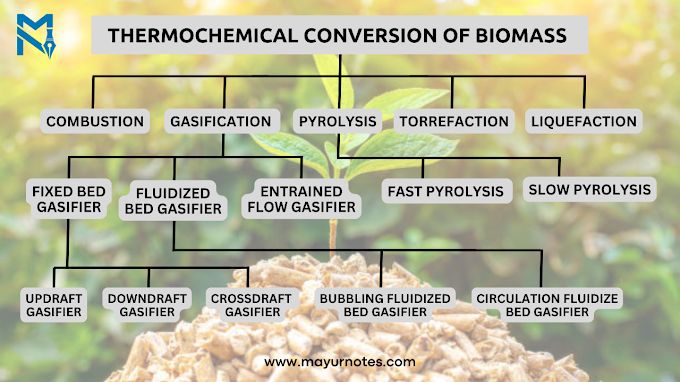
Biomass can also be converted into liquid biofuels through various processes like pyrolysis, gasification, and biochemical conversion. Pyrolysis involves heating biomass in the absence of oxygen to produce bio-oil, syngas, and biochar. Gasification converts biomass into syngas at high temperatures with some oxygen. The syngas can then be catalytically converted into liquid fuels. Biochemical conversion uses enzymes, microorganisms, or catalysts to convert biomass into alcohols like ethanol and butanol that can be blended with gasoline as transportation fuels.
These conversion processes allow the stored chemical energy in biomass to be extracted and transformed into more convenient liquid and gaseous fuels. Converting solid biomass into liquid or gas fuels facilitates easy storage, transportation, and utilization in engines, turbines, furnaces or other applications.
Advantages of biomass energy
One of the biggest advantages of using biomass for energy is that it is a renewable resource. Unlike fossil fuels which take millions of years to form and are in finite supply, biomass energy sources can replenish themselves fairly rapidly. Trees used for wood fuel like firewood or wood pellets can be replanted. Crops used for biofuels can be harvested yearly. And organic waste will always exist as a byproduct of agriculture, forestry and industries.
Biomass energy is also considered carbon neutral. This means that the carbon dioxide released when biomass is burned is balanced out by the carbon dioxide absorbed by plants as they grow. Over the full lifecycle, there is theoretically no net addition of carbon to the atmosphere. This makes biomass very attractive as the world tries to move towards low-carbon energy sources to combat climate change.
Another advantage is that biomass energy helps reduce waste. Many types of biomass that are used for fuel would otherwise go to landfills and rot, producing methane – a potent greenhouse gas. Using crop residues, municipal solid waste, sewage sludge, animal manure, and other waste products to generate energy is an efficient way to put these materials to productive use.
Finally, biomass represents a locally available and domestically produced energy resource for many countries. The ability to leverage local biomass sources strengthens energy security and rural economies, and reduces reliance on imported fossil fuels.
Challenges with biomass energy
While biomass offers many benefits as an energy source, it also comes with some significant challenges that need to be addressed. Three key challenges with using biomass for energy are cost, low energy density, and land use issues.
First, biomass energy can be expensive to produce compared to other renewable sources like wind and solar. Gathering, transporting, and processing biomass feedstocks requires substantial infrastructure and labor. The costs of growing, harvesting, and delivering biomass like crops or forest resources can make the fuel cost higher than fossil fuels in some cases.
Second, biomass has a relatively low energy density compared to fossil fuels, meaning more biomass feedstock is needed to produce the same amount of energy. For example, a truckload of wood pellets contains far less potential energy than a truckload of coal. This means transporting and storing biomass takes more resources for the amount of energy produced.
Third, large-scale biomass energy facilities require significant amounts of land to grow energy crops. This can strain land resources and compete with land for food production and natural habitats. There are concerns that some biomass projects contribute to deforestation to obtain feedstocks.
These challenges do not make biomass energy infeasible, but they do mean it requires careful management and policies to develop sustainably and economically. Continued technology development and efficient use of waste biomass can help address these issues going forward.
Biomass feedstocks
There are several types of biomass that can be used for energy production:
Plant materials – These include crops grown specifically for energy production, such as corn, soybeans, and switchgrass. Fast growing trees like willow and poplar are also planted as dedicated energy crops.
Agricultural residues – Crop residues like corn stover (leaves, stalks, husks), wheat straw, and sugarcane bagasse can be used as biomass feedstocks. These are the non-food parts of crops left over from agricultural or forestry processes.
Wood waste – Sawdust, chipped scrap wood, bark, and slash from logging operations are examples of wood waste that can be used as biomass. Wood pellets made from compacted sawdust are a common biomass fuel.
Municipal solid waste – Garbage, paper, plastics, leather, textiles and other organic waste from residential, industrial and commercial activities can also be converted into energy through various processes.
Biomass around the world
There are major producers and consumers of biomass energy across the globe. Some key countries include:
United States: The US is the largest producer of bioenergy in the world, generating over 60 million tonnes of oil equivalent annually. Bioenergy represents about 5% of total primary energy use in the US, with biofuels and renewable municipal waste being major contributors.
Brazil: Brazil is a leader in bioethanol production from sugarcane, accounting for over 30% of global production. Bioenergy comprises around 30% of Brazil’s energy mix thanks to strong government support for renewables.
Germany: Germany utilizes bioenergy for around 9% of its primary energy needs. Most comes from solid biomass like wood pellets used for heating. Germany also has biodiesel production from canola and other oil crops.
China: China generates over half its renewable energy from biomass, predominantly from agricultural residues and pellets/briquettes burned for residential heating. However, coal still dominates China’s energy portfolio.
India: Biomass satisfies around 25% of India’s primary energy demand. Traditional biomass like fuelwood and manure is common in rural areas. India also subsidizes modern bioenergy and has sugarcane ethanol facilities.
Indonesia: As a major palm oil producer, Indonesia generates biomass residues used for heat and power. However, fossil fuels supply 85% of Indonesia’s energy as renewables remain underutilized.
Future of Biomass
The future looks bright for advanced biofuels and biomass energy. Significant research is underway to develop more efficient biofuel production methods and improve biomass feedstocks. Cellulosic ethanol, produced from non-food plant materials like grasses and agricultural residues, is a particularly promising area.
One exciting possibility is combining biomass energy production with carbon capture and storage, known as BECCS. This can create negative emissions, actually removing carbon dioxide from the atmosphere. Models show BECCS could play a major role in climate change mitigation efforts.
Global biomass power capacity is projected to grow rapidly, perhaps even doubling by 2030. With improved technologies and sustainably grown biomass, biomass energy can provide clean, renewable energy to help meet rising energy demands.
Key factors driving growth include:
- Policy incentives for renewable energy
- Declining costs as technologies mature
- Increasing competitiveness with fossil fuels
- Large, untapped biomass resources, especially agricultural residues and waste
In summary, biomass energy is poised for significant expansion in the coming decades thanks to advanced biofuels, BECCS carbon sequestration, and supporting policies and technologies worldwide.
Sustainability Considerations
As with any energy source, producing biomass feedstocks and converting them to usable energy has environmental impacts that must be carefully managed for sustainability. Two key areas of focus are:
Environmental Impacts
Biomass production can stress land and water resources if not properly managed. For example, growing dedicated energy crops on a large scale may compete with food production for land and water. And improper forest management for woody biomass harvesting can potentially disrupt habitats and ecosystems.
It’s important to assess the net carbon and greenhouse gas emissions of different biomass sources and production methods. While biomass is generally considered carbon neutral, some feedstocks and production processes result in higher emissions that should be minimized.
Converting biomass to energy, as with any combustion process, also produces air pollution in the form of particulate matter, nitrogen oxides, carbon monoxide, and other hazardous air pollutants. Proper emissions controls are essential.
Sustainable Farming Practices
Several best practices can help improve the sustainability of biomass production:
- Rotating crops and using cover crops to protect soil health.
- Avoiding the unnecessary use of fertilizers and pesticides.
- Promoting biodiversity through intercropping and other polyculture methods.
- Using agricultural residues as feedstocks when possible to make use of waste.
- Careful site selection and management planning for woody biomass harvesting.
Overall, a holistic systems approach is needed to integrate biomass production into broader sustainable land management practices.
Conclusions
In summary, biomass refers to organic material from plants and animals that can be used as an energy source. Biomass occurs naturally but can also be grown specifically for energy use. Using biomass for fuel, electricity, and heat can reduce dependence on fossil fuels and decrease net carbon emissions, provided the biomass is sourced sustainably.
Key types of biomass resources include woody plants, agricultural crops and waste, food waste, and municipal solid waste. There are a variety of technologies available to convert biomass to useful energy, including direct combustion, gasification, anaerobic digestion, and more. The potential benefits make biomass an important renewable energy option, but challenges remain around cost, efficiency, and environmental sustainability.
Biomass energy use is growing globally, with the US, EU, and China among the leading producers. With responsible policies and practices, biomass can become an even greater contributor to clean, renewable energy portfolios around the world. This will require continued technology advances and sustainable land use and waste management methods. Overall, biomass energy produced and used wisely presents a promising way to provide energy services while reducing fossil fuel dependence and greenhouse gas emissions.

